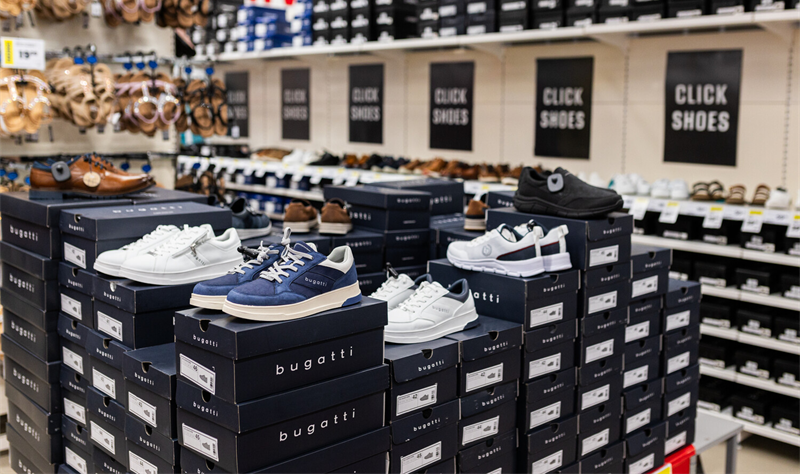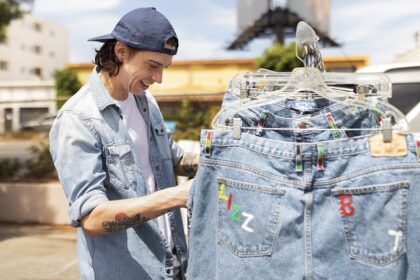U.S. footwear brands have turned an incoming wave of higher tariffs under President Trump’s second term into an opportunity—strategically retooling supply chains to reduce exposure to China and enable long-term resilience.
Long before his return, rising manufacturing costs in China nudged firms toward diversification. But Trump’s November victory triggered real urgency. With new global reciprocal tariffs looming—10% base plus up to 145% for Chinese goods—many brands accelerated moves. AlixPartners warns that without shifts by August 2025, some tariffs may hit 50–145%.
Major brands already shifting production:
Steve Madden plans to slash China sourcing by 40–45% within a year, redirecting orders to Cambodia, Vietnam, Mexico, and Brazil.
Wolverine World Wide expects China-sourced products to drop below 10% in 2025, targeting near-zero by 2026.
Crocs, sourcing 47% from Vietnam, sees tariffs looming as next phase in U.S.–Vietnam trade talks resume.
Experts note that diversification offers more than tariff protection—it delivers flexibility, agility, and closer proximity to end markets. But the shift isn’t fast. Reconfiguring production hubs takes 18–24 months, especially for technical shoes.
AlixPartners emphasizes proactive measures: setting up tariff “war rooms,” mapping supply exposure, investing in trade-legal expertise, logistics, and reclassifying components to minimize duties.
As tariffs reshape global rules, footwear makers investing in agile, multi-country sourcing strategies stand to gain—weathering policy shifts while building stronger, more responsive supply chains.






